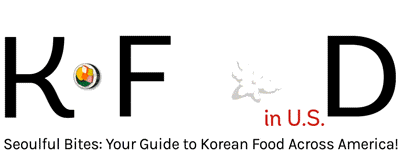There are three types of Korean food, staple food, side dishes, and dessert. There are also various sauces which give off a unique Korean Food scent. Let us explore them in detail.
There are Bap (cooked rice), juk (porridge), guksu (noodle) and various other staple foods.
Side dishes include guk (soup), jjigae (stews), jeongol (hot pots), bokkeum (stir-fried dishes), jjim, jeon (pan-fried delicacies), saengchae (raw vegetables), namul (herbs), jorim (foom boiled in seasonings), cho (vinegar), junyueo (fried fish), gui, jeok (grilled seasoned meat on a stick), hwe (raw dishes), ssam (food wrapped in lettuce, cabbage, sesame or other greens), pyunyuk (sliced thin), jangajji (vegetables pickled in soy sauce), kimchi, jutgal (salted fish).
The desserts are divided into tteok (rice cake), gwaja (cookies), saengwa (fresh fruit), cha (tea), and other beverages are also called eumcheong-ryu.
| source: Korean Food Foundation |
